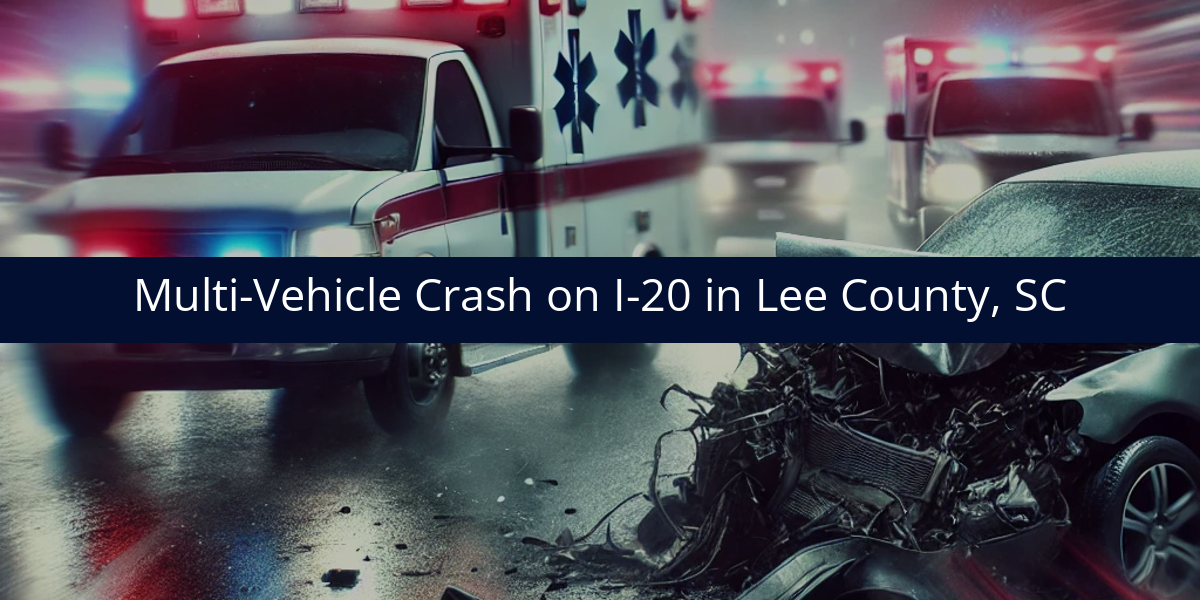Authorities are still piecing together the events that led to an August 7 collision involving two 18-wheelers and a passenger van near Mile Marker 116 on I-20 in Lee County. The crash occurred around 8:17 p.m. and caused significant destruction, including one semi-truck engulfed in flames, another overturned with its load scattered across the roadway, and the van completely consumed by fire. The South Carolina Highway Patrol has not yet confirmed what caused the incident. Reports state that 45-year-old Tobias Hugley of Conyers, Georgia, was pronounced dead at the scene.
A crash involving one commercial vehicle is usually complex. In my experience, the more commercial vehicles are involved, the more that could have potentially gone wrong.
Could Mechanical Failure Have Been a Factor?
When heavy commercial vehicles are involved in high-impact and high-damage crashes like this, investigators often examine whether mechanical problems played a role. A sudden brake failure, steering malfunction, or defect in the coupling system between a truck and its trailer could cause a driver to lose control, especially if traffic slowed or another vehicle entered the lane unexpectedly. Tire blowouts, particularly on fully loaded trucks, can also create instability that is difficult to recover from. If a component failure was due to a manufacturing defect rather than poor maintenance, liability may extend beyond the trucking company to the equipment manufacturer or supplier.
Could Driver Fatigue or Inattention Have Contributed?
Even in the evening hours, fatigue can be a significant concern for long-haul truck drivers, particularly if they have been operating for many hours or are nearing the end of a shift. Inattention is another possibility, whether due to mobile device use, adjusting controls, or focusing on other traffic. Given the violent nature of the crash and the number of vehicles involved, investigators will likely review driver logbooks, hours-of-service compliance, and in-cab video to determine whether one or more drivers failed to respond quickly enough to changing traffic conditions.
What Kinds of Evidence Should Be Reviewed?
A full investigation will likely involve downloading Engine Control Module (ECM) data from both 18-wheelers to determine speed, brake application, and throttle position in the moments leading up to the crash. Physical inspection of the burned and overturned trucks will be critical to assess whether brake, steering, or tire systems were functioning properly. Investigators may also review cargo loading records, as improperly secured or imbalanced loads can affect a truck’s handling. Roadside surveillance or dash camera footage could help establish the sequence of events and clarify which vehicle’s actions triggered the chain reaction.
Why a Thorough Investigation Is Essential
Collisions involving multiple large commercial vehicles carry an elevated risk of catastrophic injury and loss of life. Determining whether mechanical failure, fatigue, or driver error played a role in this crash will not only provide answers to those affected, but may help assign accountability where deemed necessary.

 call us
call us  Email Us
Email Us  Text us
Text us  AI-SEARCH
AI-SEARCH